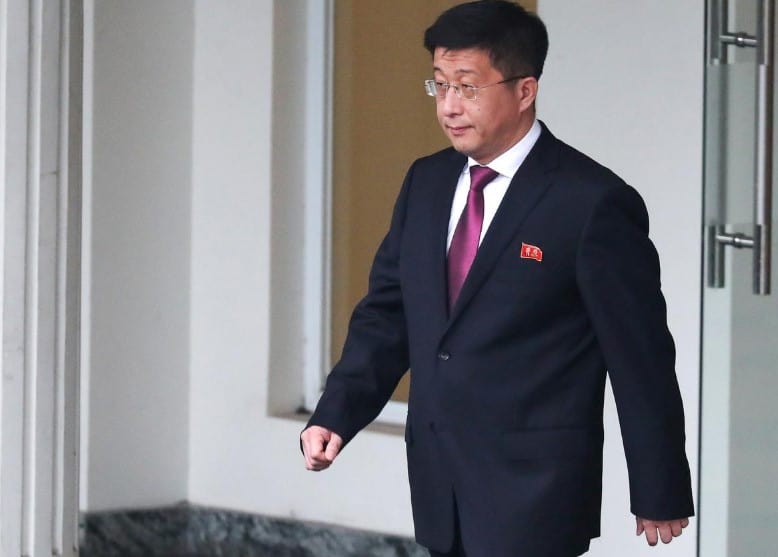
To manage future electricity demand in line with the EU’s Energy Roadmap 2050, power grids need to rely on both supply and demand flexibility and be structured as a system of systems.
The ongoing energy crisis, which started in summer 2021 due to low natural gas supply and which further deteriorated with the Russian invasion of Ukraine, has highlighted the urgent need for a more independent European energy policy. The EU’s Energy Roadmap 2050, via which the EU wants to become climate-neutral by 2050, is a great opportunity to reduce—or halt—the bloc’s energy dependence from neighboring countries, but it also presents challenges.
In the next 10 to 30 years, and because of the strategy itself, European electricity demand is expected to rise, thus requiring supply, particularly from renewable sources, also to increase. The problem with renewable sources, especially solar and wind power, is that they create fluctuating energy patterns which sometimes cannot match demand, and this might result in grid overloads.
For example, today in Europe there are approximately 1.5 million electric vehicles, while the EU target for 2030 is 30 million. If all 30 million electric vehicles were to charge at the same time with the current grids, the system would not cope. In order to match electricity demand, the system requires either flexibility on the consumption side or flexibility on the generation side or, ideally, on both sides. But what does this mean?
Electricity requires one thing above all: it has to be consumed when it is generated. We cannot predict when a wind mill will produce electricity, because it depends on the wind. So how can we balance this situation? This is where you need to introduce other elements such as storage capacity on the supply side and demand side management on the consumption side. This means, for example, that electric car drivers cannot plug in their car whenever they like; they need to choose a specific time when the generation is available.
ENTSO-E, the European Network of Transmission System Operators for Electricity, recently published a paper that presents a comprehensive vision of what is necessary to achieve a power system fit for a carbon-neutral Europe.
“This future power system in Europe will be a System of Systems, which will need strong cooperation between transmission and distribution, and amongst different energy systems. All operators will be key enablers and facilitators to make this future energy system work,” the network said in the paper.
It added, “At the same time [it will be] more European and more local, with transmission system operators providing a critical interface between both dimensions.” ENTSO-E highlighted that such a power system is within reach, although four elements must change to make it possible: the development of large-scale system flexibilities, timed with the future system needs and the gradual phasing-out of fossil fuel generation; an operation of the system that will rise up to the challenge of this much more complex System of Systems through innovation and cooperation; a facilitating regulatory framework and a market design as a key enabler.
From an economic point of view, the flexibility element represents the biggest cost at the moment, although Smart Energy Europe (SmartEn), a European business association integrating the consumer-driven solutions of the clean energy transition, recently published a study on how demand-side flexibility could lead to big savings for both consumers and electricity distributors. According to SmartEn, a scenario that allows the full activation of flexibility from buildings, electric vehicles, and industry in 2030 could result, every year, in 37.5 million tons of greenhouse gas emissions saved, €11.1—€29.1 billion saved in distribution grid investments, €71 billion saved by consumers directly, 15.5 TWh (61%) avoided renewable curtailment and €2.7 billion saved in avoided peak generation capacity.
“The more variable the renewable energy system is, the more you have risks of congestion in the system, so we need to make sure that flexible consumers are actually receiving the signals to consume in this time-dependent way based on renewable generation,” Michael Villa, Executive Director at SmartEn commented. He added, “If there is too much renewable generation, renewable providers need to stop production in order to avoid congestion in the system, which is costly. But if you are indeed giving consumers signals that they need to consume or store even more of this abundance of renewable generation, then you will reduce these renewable curtailment costs.”
The gradual improvement in the grid, the increase in renewable energy and the flexibility required within the grid are also being implemented in smart cities such as Antalya, Dresden and Valencia, which are part of the MAtchUP European research project. MAtchUP aims at transforming cities through innovative solutions and technologies at the service of local communities. It envisages specific measures to improve the share of renewable energy, increase sustainable mobility and invest in technology.
“Grids, as of now, are not ready; we have to change the infrastructure and move to a completely different one. A major challenge is that it’s a new type of load for the electricity grid, which means we would need more energy to cover the electricity demand from electric vehicles, so we need more capacities to begin with,” Ömer Akyürek, head of the energy team within MAtchUP said. And it’s also a matter of how fast consumers want to charge their electric cars.
“No one is willing to wait half a day for the charging time, consumers want it fast and immediate. This requires high powered charging stations which can transfer a lot of energy very quickly. But, this creates a peak in demand on the grid and that’s a problem. How can we manage those peak loads, can we install storage capacity, can we link this storage capacity and charging demand with renewable energy?” Akyürek concluded by adding that these are measures to help smart cities to tackle the peaks issue and manage the stability of the grid and electricity demand.
























